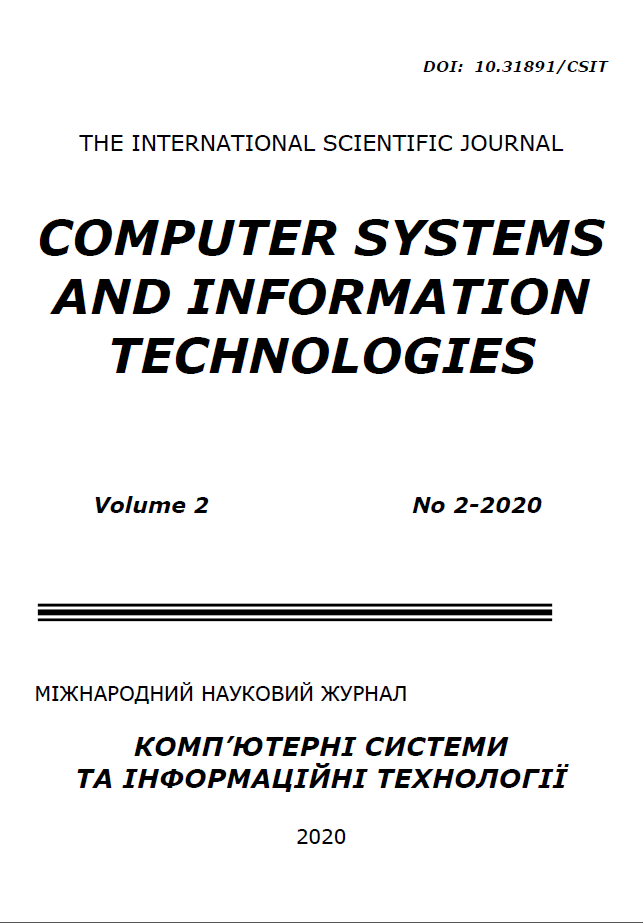Information technology for comparing distance learning services
DOI:
https://doi.org/10.31891/CSIT-2020-2-9Keywords:
integrated indicator, distance learning, Moodle, Edmodo, Google Classroom, iLearn, MyClass, ClasstimeAbstract
We will remember 2020 with the coronavirus pandemic. This terrible disease has caused a long-term quarantine and therefore the whole planet, including Ukraine, has switched to distance learning. In the age of the Internet, there are many different services for distance learning, so all schools, universities, and other educational institutions have begun to use a variety of services. But after long use, it became clear that all services have their drawbacks and do not cover all the needs of teachers or students. The distance form of education opens access to education for a wide range of people who for some reason cannot study traditionally. However, in distance learning, there is a problem of lack of communication with teachers and classmates, which is the most important information
channel in the learning process. Not all distance learning services are the same. An important issue for both teachers and students is the choice of a distance learning service. The article provides a brief overview of the functional features of the most popular educational tools that use the power of social media to
help students in the learning process, and teachers to interact with each other, and students who are able to minimize the lack of direct communication
with their social group. The article proposes an approach to the assessment of the integrated indicator, which would take into account the needs of both parties to
the educational process. According to the proposed method, a comparison of the most used services that support distance learning.

